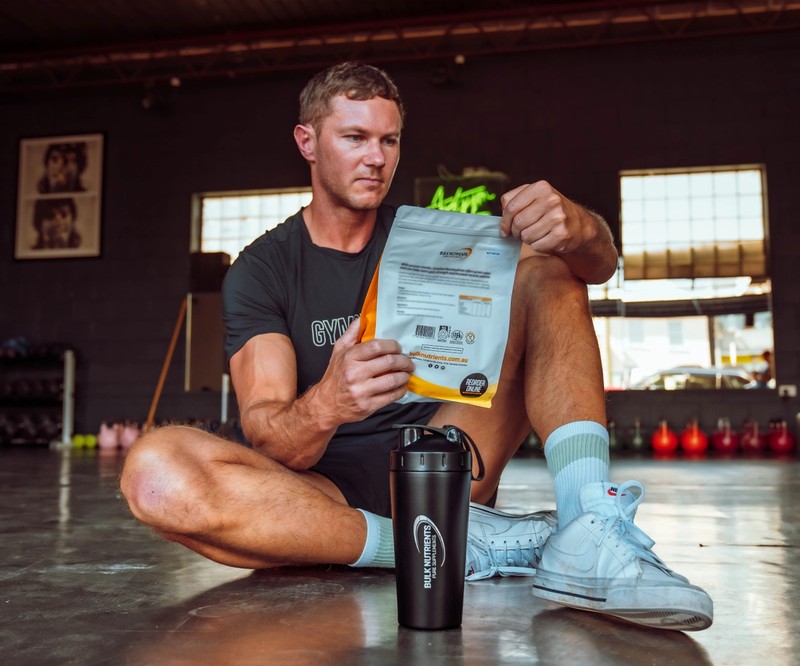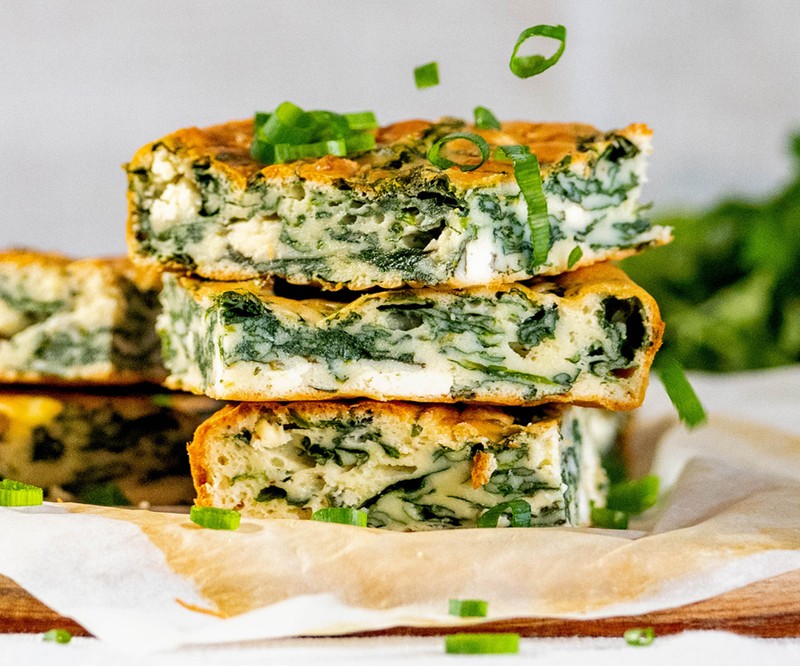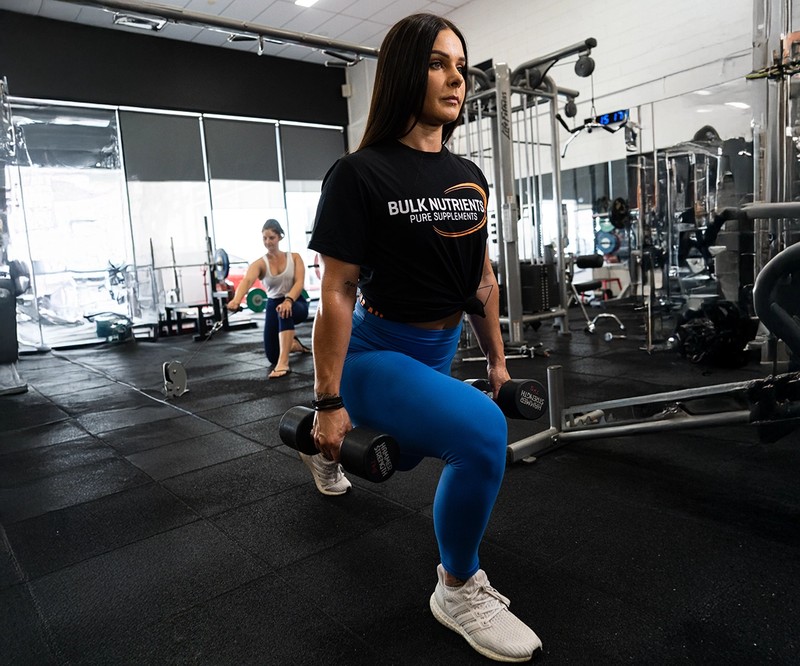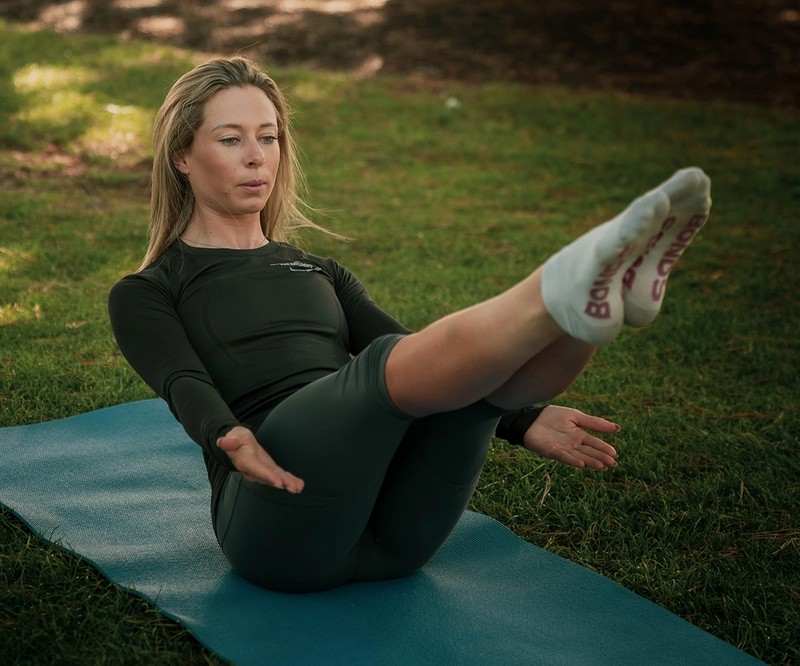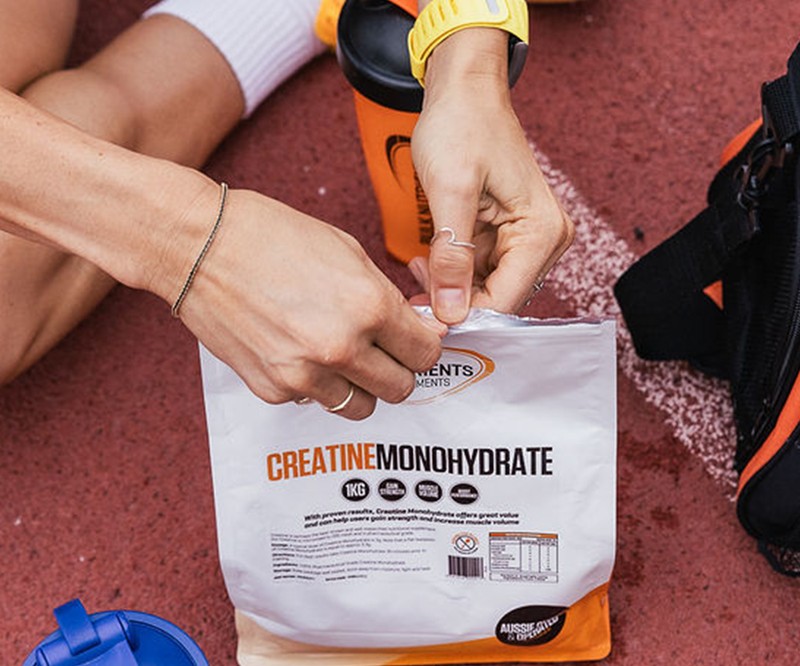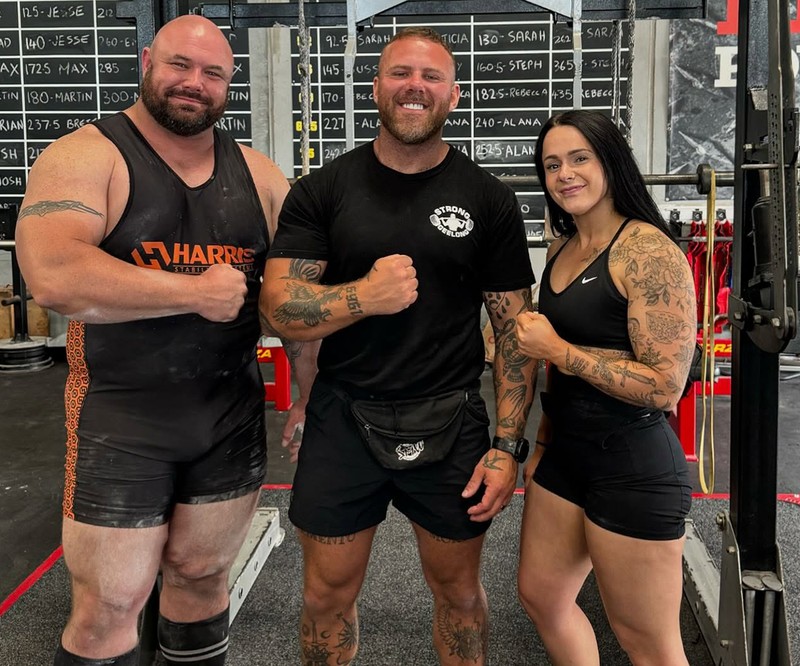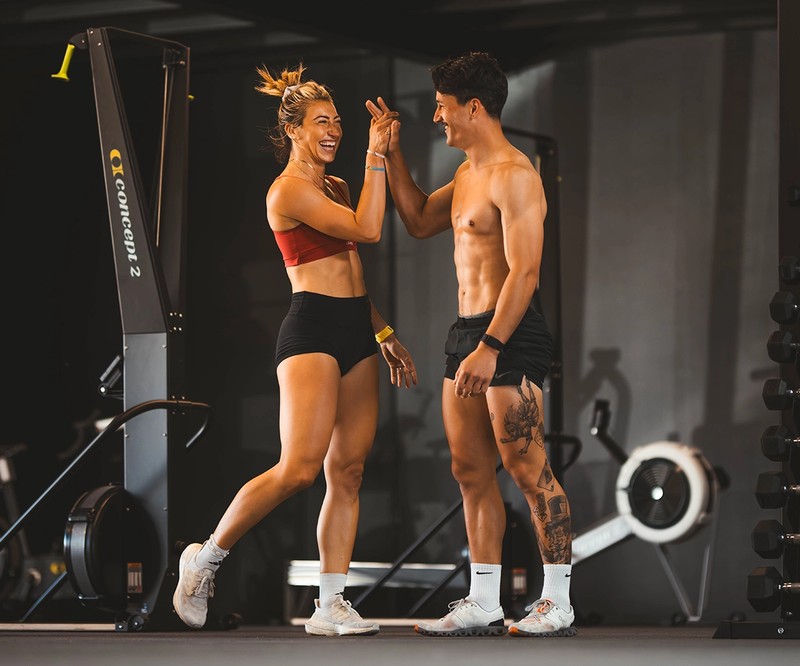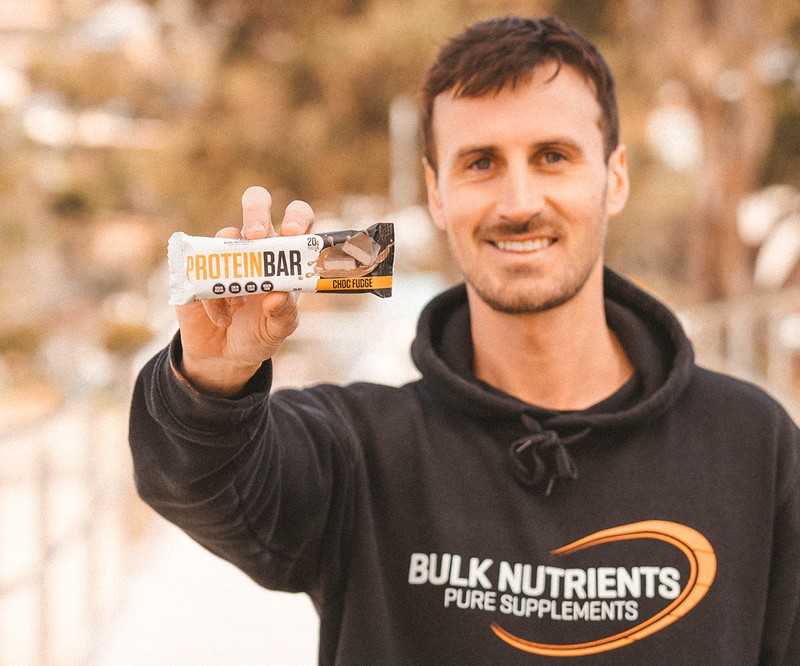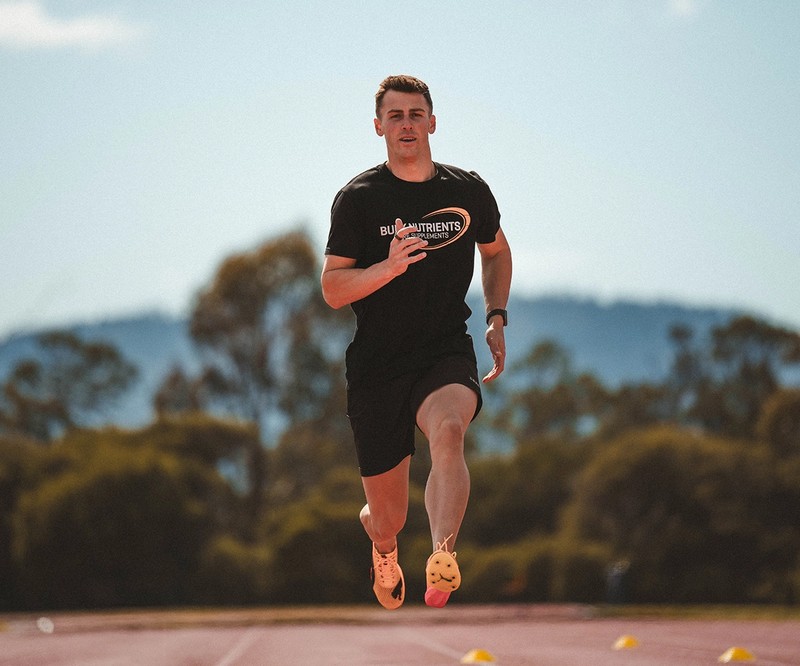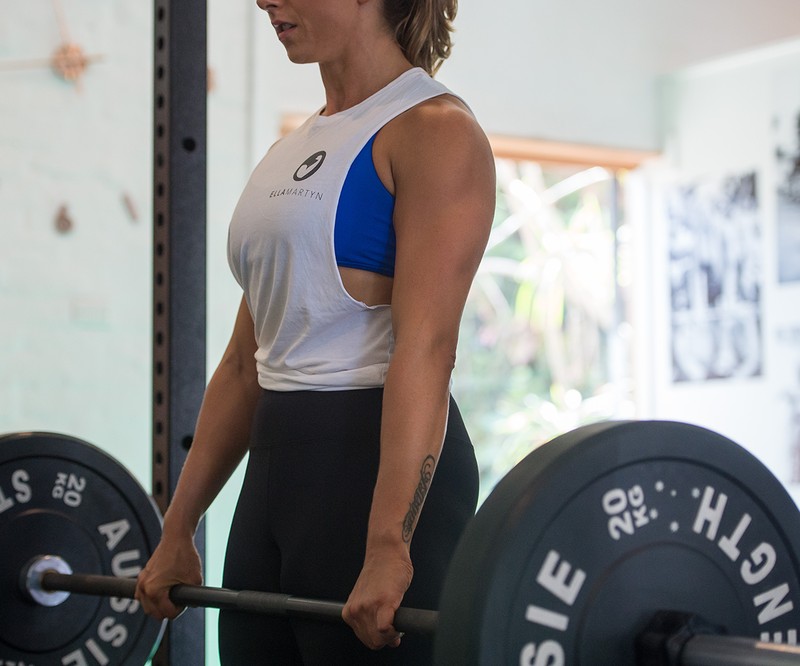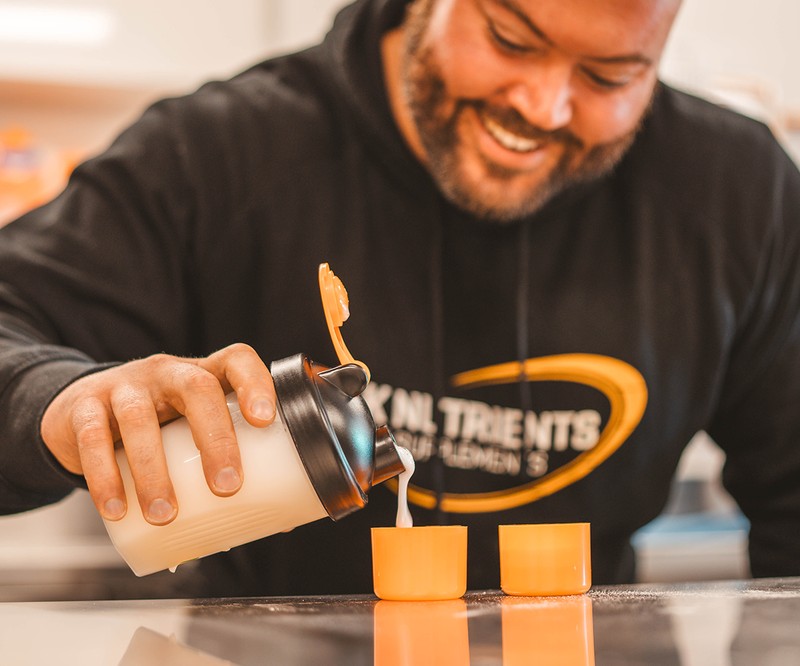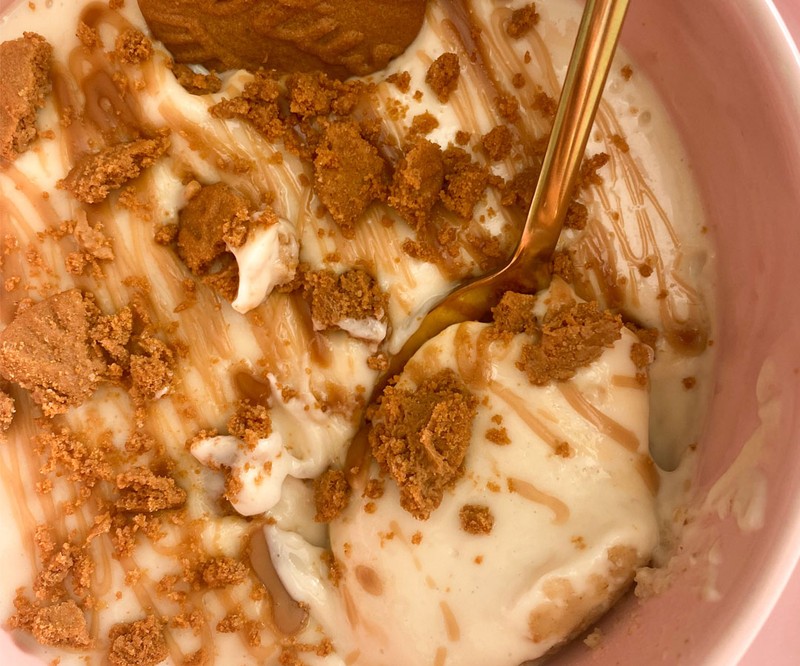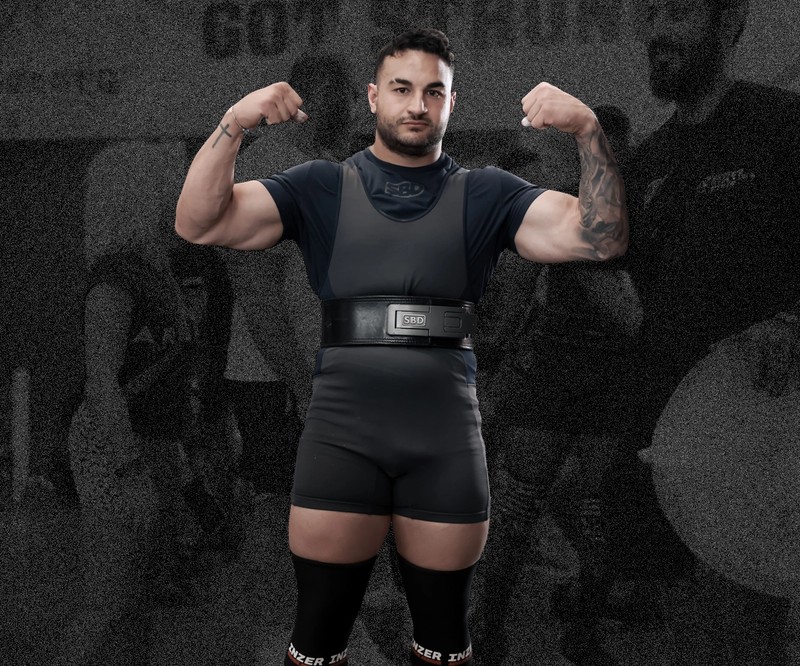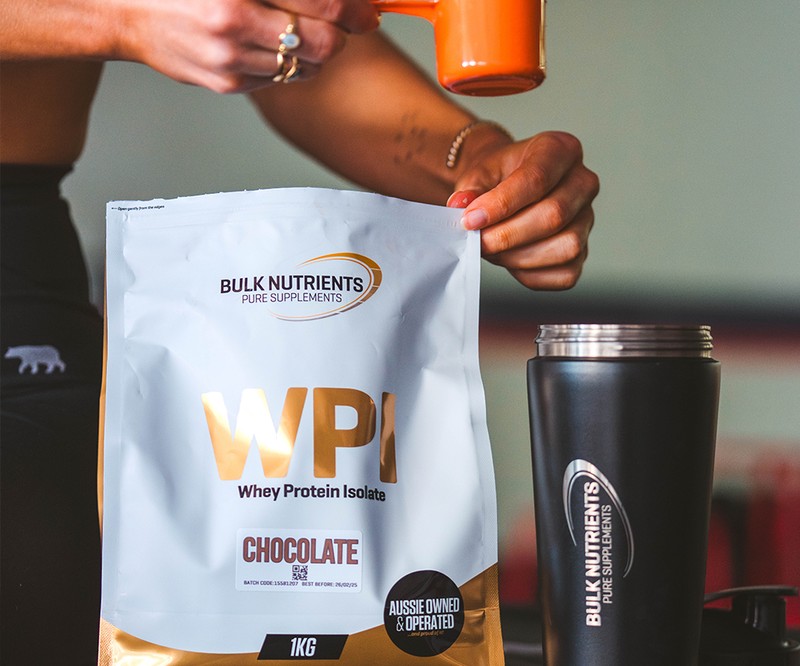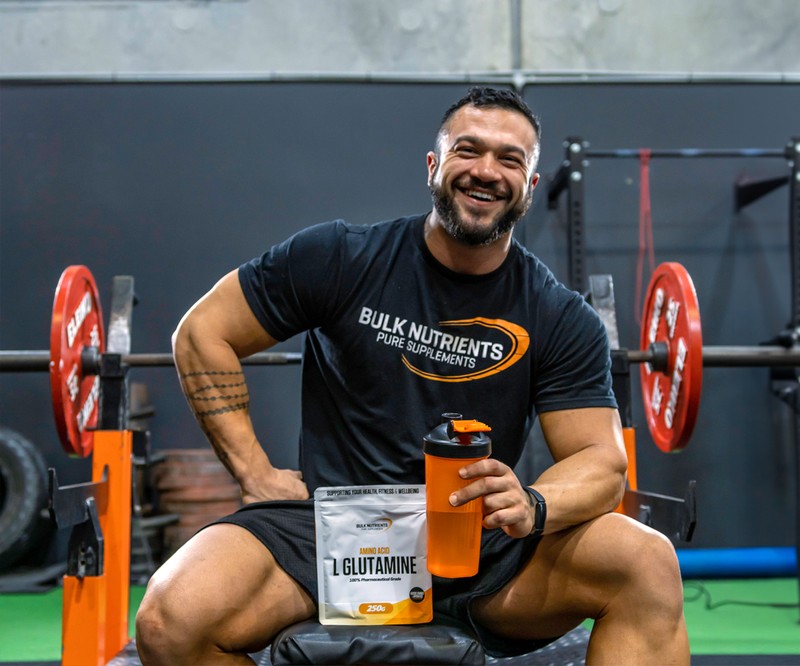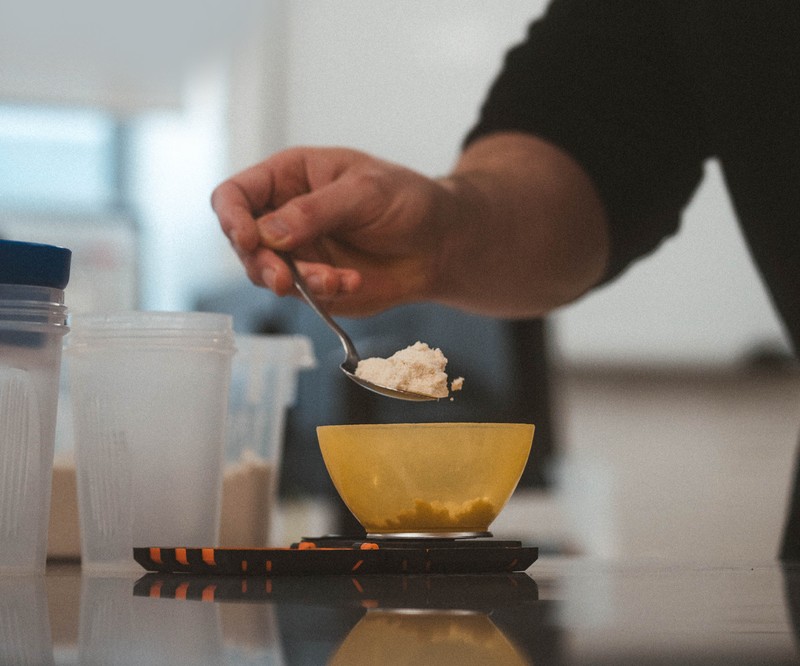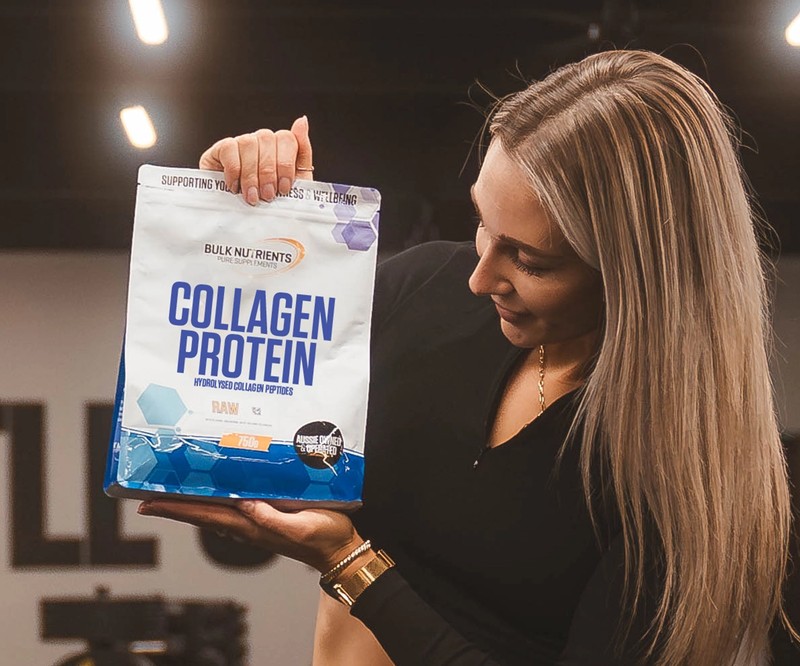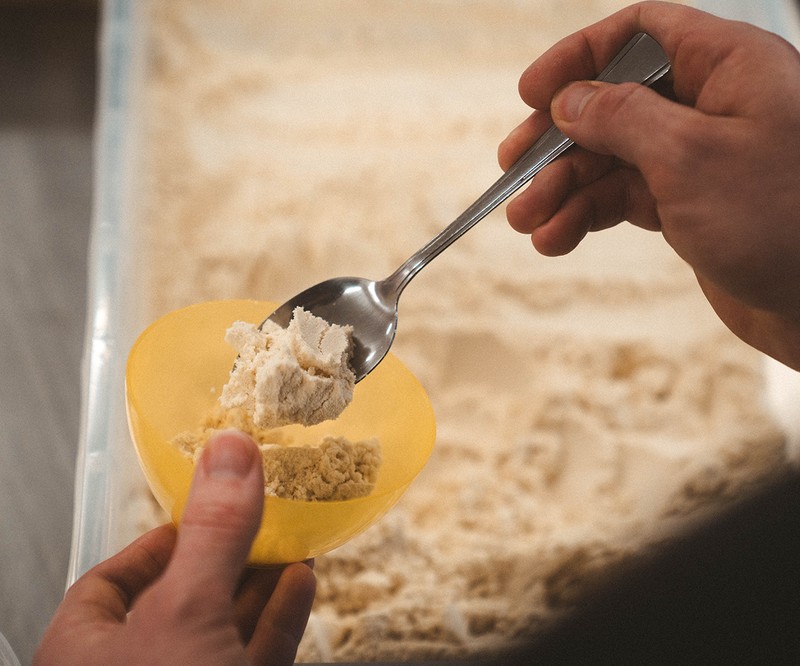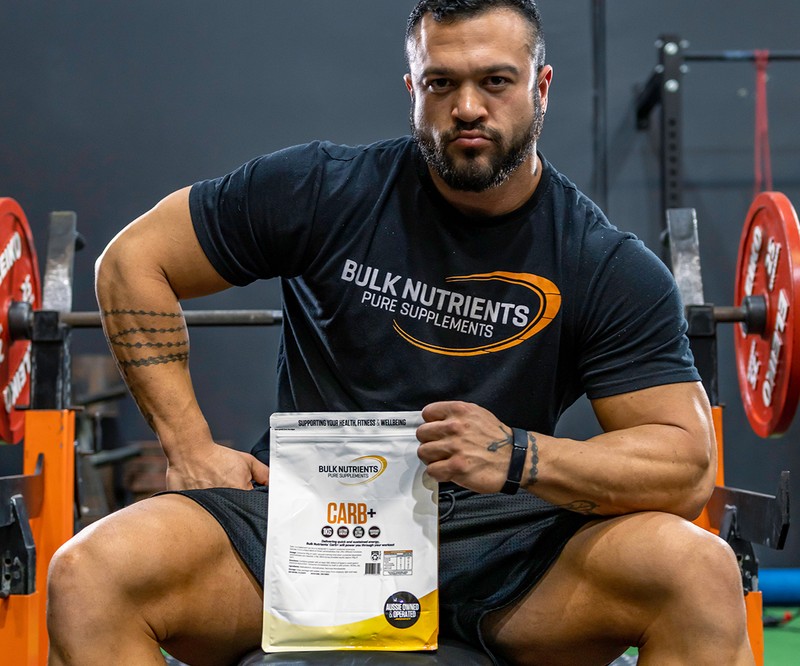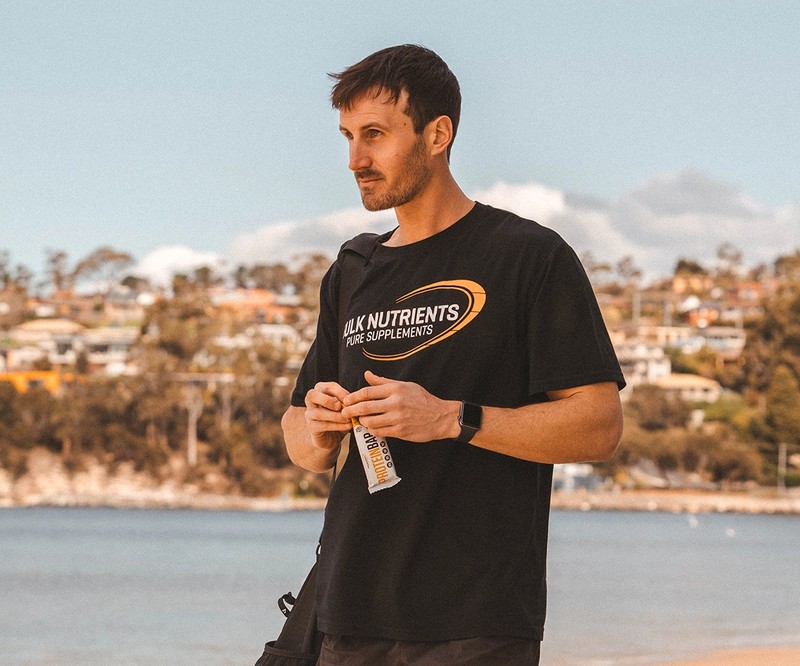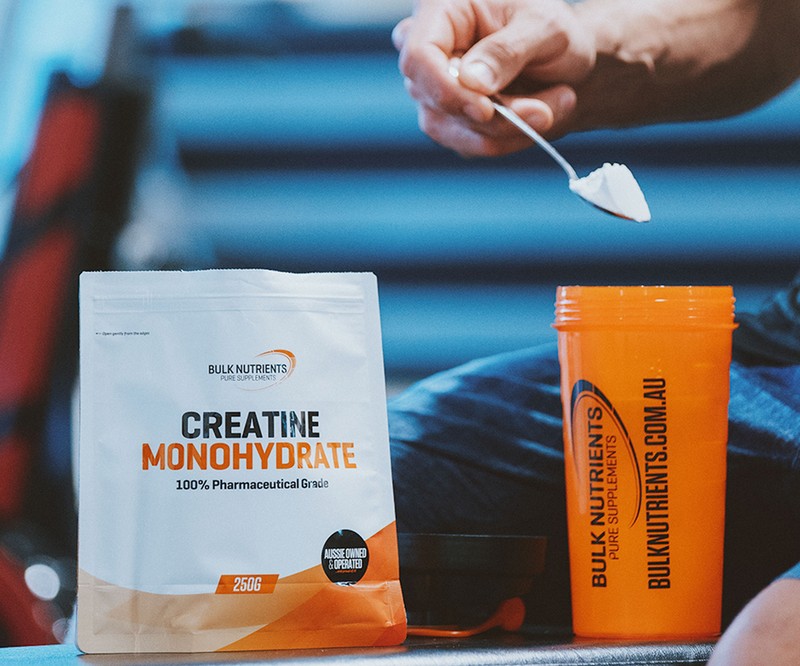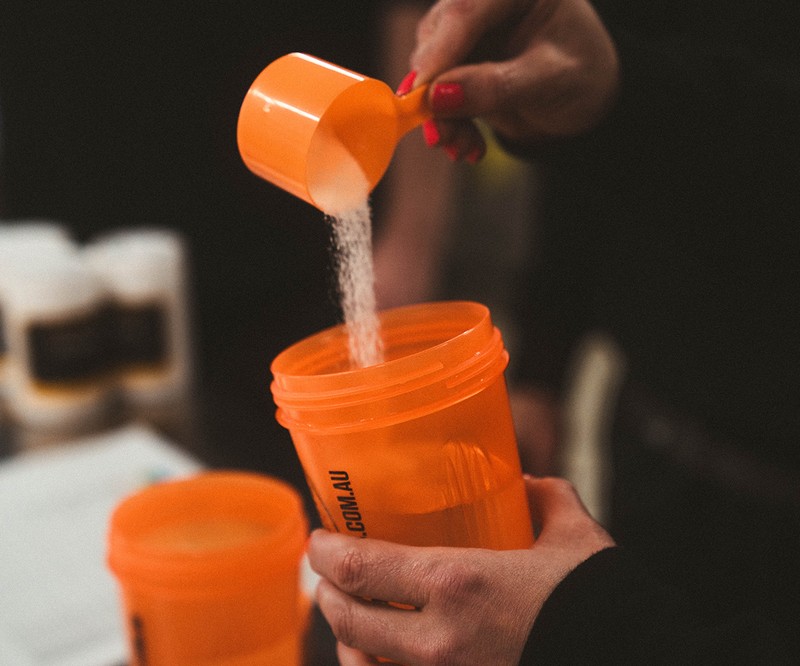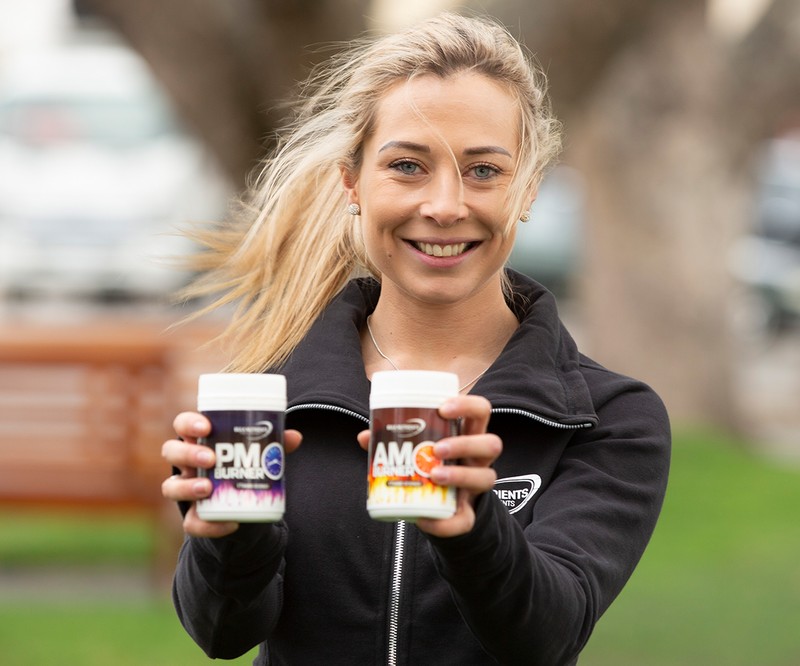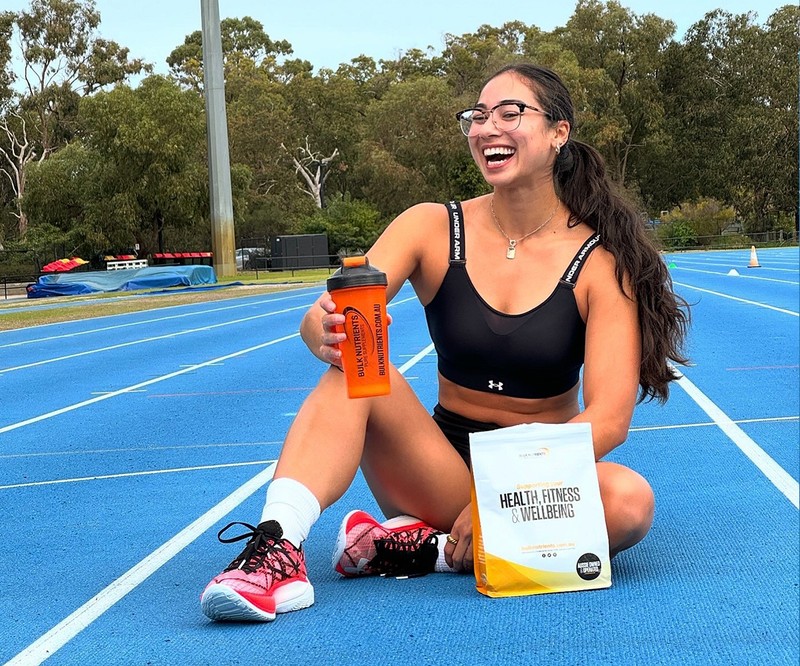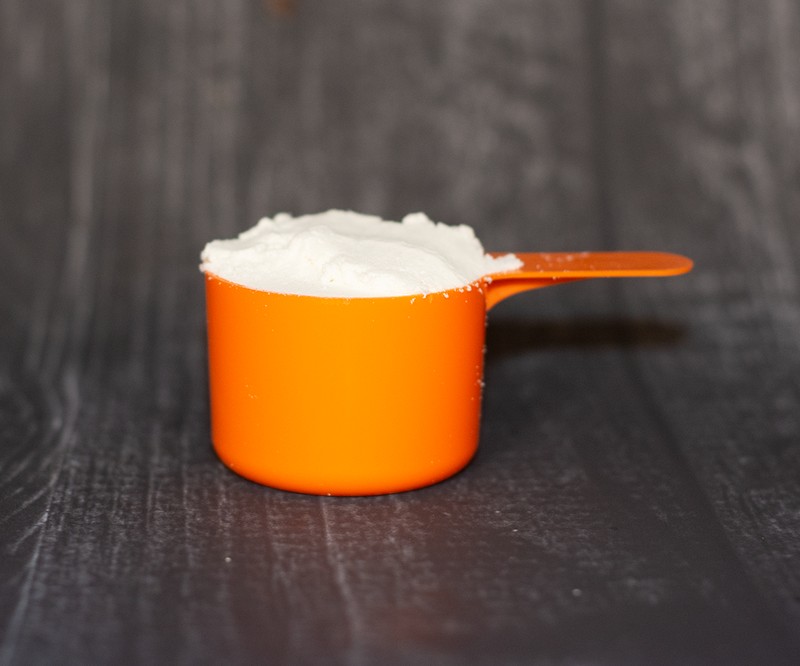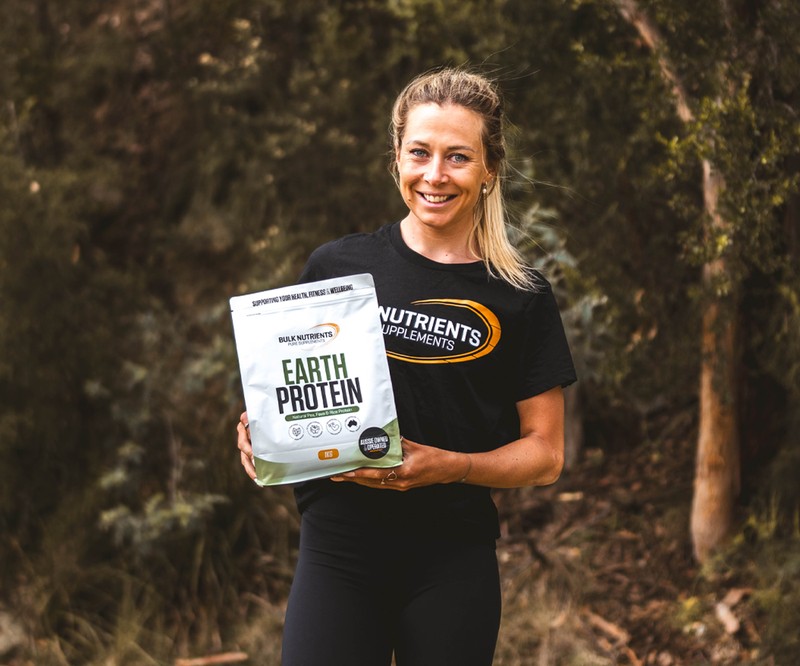Why Exercise Is So Important

How exercise improves your body and mind
For years, exercise has consistently been observed to assist us in preventing diabetes and obesity. Obviously, exercise helps create a deficit of calories and thus induces weight loss, which helps prevent some diseases that arise from being overweight. It has also been shown to reduce the likelihood of some cancers and helps us bolster our immune system.
And that's before we get to our mental health!
In the modern era, the stigma surrounding mental health is quickly fading, which means more information is being readily shared around how we can improve our mental wellbeing; we're learning more about how exercise can help us with depression, anxiety , cognitive impairments, and fatigue .
Exercise and reducing stress
Furthermore, exercise helps us deal with stress more. In the modern digital era, some of us have seen our working hours increase by default, which can exacerbate stress.
And the good news here is that research has found exercise to create less stress in many populations; as extreme as veterans suffering from PTSD, athletes, and the aforementioned everyday person.
Scientists also report that those who exercise regularly experience fewer daily hassles.
Choosing what type of exercise to do: cardio vs weights
The best general advice here is to perform the exercise you like doing.
However, we'd recommend resistance training for many reasons, not limited to the outcomes outlined in the research below:
"Ten weeks of resistance training may increase lean weight by 1.4 kg, increase resting metabolic rate by 7%, and reduce fat weight by 1.8 kg. Benefits of resistance training include improved physical performance, movement control, walking speed, functional independence, cognitive abilities, and self-esteem."
But if resistance training isn't your thing, playing a sport (individual or team), cycling or running, is all beneficial. Not to mention, how it can improve our quality of life as we age.

Preventing sarcopenia with resistance training and improving your life
Starting as early as our 40s, we're at risk of developing sarcopenia; a loss of muscle tissue and function. This makes things as simple as walking difficult.
And we can obviously combat muscle wastage with resistance training.
And for the elderly, the best way to bolster muscle tissue and strength in the elderly is with progressive resistance training.
Although, cycling and even dancing can help, too!
But the truth is aerobic training is only a minor solution to sarcopenia long-term, and it's recommended we include resistance training weekly!
No matter how old you are, it's best to get into the habit of resistance training as early as you can; trying to fight sarcopenia when it's already settled in is a lot harder.
Another benefit is resistance training's effect on bone density. Stronger bones will assist in a better quality of life!
Aerobic exercise for our hearts
Cardiovascular diseases are the leading cause of death globally, and performing aerobic exercise is great for our hearts. Research suggests regular aerobic exercise is "robustly associated" with a decline in the chance of heart disease death, along with the risk of developing cardiovascular disease.
But we must understand moderation here.
Too much cardio, like performing too many marathons, can be detrimental to heart health. But we don't know just how much is too much at this stage. Research tells us:
"...a specific dose-response relationship between the extent and duration of exercise and the reduction in cardiovascular disease risk and mortality remains unclear."
Seek expert medical advice if you feel you may be overdoing it.

How exercise helps our body image
Those of you who have spent enough time exercising to see the physical changes know how rewarding this can be! Research into resistance training finds:
- An improvement in self-esteem
- An improvement in self-efficacy, which impacts the way we think about our body image and ourselves
- Anecdotally, the discipline regular exercise requires can spread into other areas of our lives like our career and everyday tasks.
The benefits of exercise are a healthier body and mind; helping you simply feel about yourself, and even reducing the likelihood of various diseases. Unless directed otherwise by a healthcare professional, the majority of the population should seek to implement resistance training and/or aerobic training into their weekly exercise routines, for a potentially healthier and happier life!
References:
- Babyak M, Blumenthal JA, Herman S, et al. Exercise treatment for major depression: maintenance of therapeutic benefit at 10 months.PsychosomMed. 2000;62(5):633–8.
- Buckley TC, Mozley SL, Bedard MA, et al. Preventive health behaviors, health-risk behaviors, physical morbidity, and health-related role functioning impairment in veterans with post-traumatic stress disorder. Mil Med. 2004;169(7):536–40.
- Chen HT, Chung YC, Chen YJ, Ho SY, Wu HJ. Effects of different types of exercise on body composition, muscle strength, and IGF-1 in the elderly with sarcopenic obesity. J AmGeriatrSoc. 2017;65:827–832.
- Craft LL, Landers DM. The effect of exercise on clinical depression and depression resulting from mental illness: a meta-analysis. J SportExercPsychol. 1998;20(4):339–57.
- de Assis MA, de Mello MF, Scorza FA, et al. Evaluation of physical activity habits in patients with posttraumatic stress disorder. Clinics. 2008;63(4):473–8.
- Dunn AL,TrivediMH, O’Neal HA. Physical activity dose-response effects on outcomes of depression and anxiety. Med Sci Sports Exerc. 2001;33(6):S587–97.
- Effects of resistance- and flexibility-exercise interventions on balance and related measures in older adults. Bird ML, Hill K, Ball M, Williams AD. J Aging Phys Act. 2009 Oct; 17(4):444-54.
- Effects of resistance- and flexibility-exercise interventions on balance and related measures in older adults. Bird ML, Hill K, Ball M, Williams AD. J Aging Phys Act. 2009 Oct; 17(4):444-54.
- Friedenreich CM. Physical activity and cancer prevention: from observational to intervention research. Cancer Epidemiol Biomarkers Prev. 2001;10(4):287–301.
- Ginis KAM, Latimer AE, McKechnie K, et al. Using exercise to enhance subjective well-being among people with spinal cord injury: the mediating influences of stress and pain.RehabilPsychol. 2003;48(3):157–64.
- Helmrich SP, Ragland DR, Leung RW, et al. Physical activity and reduced occurrence of non-insulin-dependent diabetes mellitus. N Engl J Med. 1991;325(3):147–52.
- Jonsson D, Johansson S, Rosengren A, et al. Self-perceived psychological stress in relation to psychosocial factors and work in a random population sample of women. Stress Health. 2003;19(3):149–62.
- King AC, Taylor CB, Haskell WL. Effects of differing intensities and formats of 12 months of exercise training on psychological outcomes in older adults. Health Psychol. 1993;12(4):292–300.
- Knab AM, Nieman DC, Sha W, et al. Exercise frequency is related to psychopathology but not neurocognitive function. Med Sci SportsExerc. 2012;44(7):1395–400.
- Lambiase MJ, Barry HM, Roemmich JN. Effect of a simulated active commute to school on cardiovascular stress reactivity. Med Sci SportsExerc. 2010;42(8):1609–16.
- Lautenschlager NT, Cox KL, Flicker L, et al. Effect of physical activity on cognitive function in older adults at risk for Alzheimer disease—a randomized trial. JAMA. 2008;300(9):1027–37.
- Long BC. Aerobic conditioning and stress reduction: participation or conditioning? Hum Mov Sci. 1983;2(3):171–86.
- Mc Namara K, Alzubaidi H, Jackson JK. Cardiovascular disease as a leading cause of death: how are pharmacists getting involved? Integr Pharm Res Pract. 2019 Feb 4;8:1-11. doi: 10.2147/IPRP.S133088. PMID: 30788283; PMCID: PMC6366352.
- McHugh JE, Lawlor BA. Exercise and social support are associated with psychological distress outcomes in a population of community-dwelling older adults. J Health Psychol. 2012;17(6):833–44.
- Nguyen-Michel ST, Unger JB, Hamilton J, et al. Associations between physical activity and perceived stress/hassles in college students. Stress Health. 2006;22(3):179–88.
- Resnick HE, Carter EA, Aloia M, et al. Cross-sectional relationship of reported fatigue to obesity, diet, and physical activity: results from the Third National Health and Nutrition Examination Survey. J Clin Sleep Med. 2006;2(2):163–9.
- RethorstCD, Wipfli BM, Landers DM. The antidepressive effects of exercise: a meta-analysis of randomized trials. Sports Med. 2009;39(6):491–511.
- Rovio S,KareholtI, Helkala EL, et al. Leisure-time physical activity at midlife and the risk of dementia and Alzheimer’s disease. Lancet Neurol. 2005;4(11):705–11.
- Salmon P. Effects of physical exercise on anxiety, depression, and sensitivity to stress: a unifying theory. Clin Psychol Rev. 2001;21(1):33–61.
- Sanchez-Villegas A, Ara I, Guillen-Grima F, et al. Physical activity, sedentary index, and mental disorders in the SUN Cohort Study. Med Sci SportsExerc. 2008;40(5):827–34.
- Santilli V, Bernetti A, Mangone M, Paoloni M.Clinicaldefinition of sarcopenia. Clin Cases Miner Bone Metab. 2014;11(3):177-180.
- Santilli V, Bernetti A, Mangone M, Paoloni M.Clinicaldefinition of sarcopenia. Clin Cases Miner Bone Metab. 2014;11(3):177-180.
- Schnohr P, Kristensen TS, Prescott E, et al. Stress and life dissatisfaction are inversely associated with jogging and other types of physical activity in leisure time—the Copenhagen City Heart Study. Scand J Med Sci Sports. 2005;15(2):107–12.
- SkirkaN. The relationship of hardiness, sense of coherence, sports participation, and gender to perceived stress and psychological symptoms among college students. J Sports Med Phys Fitness. 2000;40:63–70.
- Stampfer MJ, Hu FB, Manson JE, et al. Primary prevention of coronary heart disease in women through diet and lifestyle. N Engl J Med. 2000;343(1):16–22.
- Taylor-PiliaeRE, Fair JM, Haskell WL, et al. Validation of the Stanford Brief Activity Survey: examining psychological factors and physical activity levels in older adults. J Phys Act Health. 2010;7(1):87–94.
- The effects of aging, physical training, and a single bout of exercise on mitochondrial protein expression in human skeletal muscle. Bori Z, Zhao Z, Koltai E, Fatouros IG, Jamurtas AZ, Douroudos II, Terzis G, Chatzinikolaou A, Sovatzidis A, Draganidis D, Boldogh I, Radak Z Exp Gerontol. 2012 Jun; 47(6):417-24.
- The effects of aging, physical training, and a single bout of exercise on mitochondrial protein expression in human skeletal muscle. Bori Z, Zhao Z, Koltai E, Fatouros IG, Jamurtas AZ, Douroudos II, Terzis G, Chatzinikolaou A, Sovatzidis A, Draganidis D, Boldogh I, Radak Z Exp Gerontol. 2012 Jun; 47(6):417-24.
- Theorell-HaglowJ, Lindberg E, Janson C. What are the important risk factors for daytime sleepiness and fatigue in women? Sleep. 2006;29(6):751–7.
- Walsh NP, Gleeson M, Shephard RJ, et al. Position statement part one: immune function and exercise.ExercImmunol Rev. 2011;17:6–63.
- Walston JD. Sarcopenia in older adults. Curr Opin Rheumatol. 2012;24(6):623-627. doi:10.1097/BOR.0b013e328358d59b
- Wipfli BM,RethorstCD, Landers DM. The anxiolytic effects of exercise: a meta-analysis of randomized trials and dose-response analysis. J Sport Exerc Psychol. 2008;30(4):392–410.
- Yoo SZ, No MH, Heo JW, et al. Role of exercise in age-related sarcopenia. J Exerc Rehabil. 2018;14(4):551-558. Published 2018 Aug 24. doi:10.12965/jer.1836268.134
